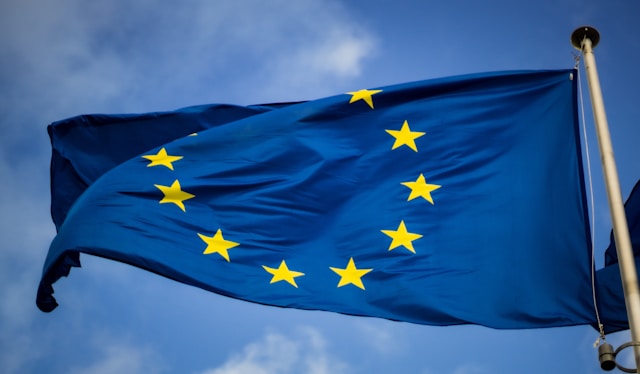As the European election campaign on June 9th gains momentum, discussions around minimum wage are taking centre stage. Advocates for a common European minimum salary argue for its importance in combating pay inequality and boosting workers’ purchasing power. With an increasing number of European countries adopting minimum wage policies, understanding these dynamics is crucial for businesses navigating the European market. This blog aims to explore the complexities of minimum wage dynamics and investigate potential solutions to address gaps.
Current minimum wages in the European Union
Here are the minimum wages in the European Union countries listed and compared for the years 2023 and 2024:

A few countries like Denmark, Italy, Sweden, Austria, and Finland do not have a mandatory national minimum wage. Salaries are negotiated and determined by social partners in each sector of activity.
Which European country has the highest minimum wage?
In 2024, minimum wages across the EU have seen fluctuations, influenced by various factors such as inflation rates, economic growth, and government policies. Hungary witnessed a significant increase in its minimum wage due to soaring inflation rates (25.8% in March 2023, which was far beyond the European average of 8.3%), while Ireland’s economic growth contributed to its substantial wage climb. Policy initiatives in countries like Poland and the Netherlands also impacted minimum wage levels. However, disparities persist, with Eastern European countries experiencing lower minimum wages compared to their Western counterparts. Historical factors and migration patterns further contribute to these discrepancies.
Eastern European countries such as Latvia, Bulgaria, Romania, and Hungary currently have the lowest minimum wages in the EU, with Bulgaria at the bottom. On the other hand, Germany, France, Luxembourg, and Belgium boast the highest minimum wages, with Luxembourg topping the list. This disparity underscores the economic differences between Eastern and Western European countries within the Union. Several factors contribute to this wage gap, including historical contexts. Many Eastern and Central European nations have experienced periods of communist rule, which impacted their economic development and innovation. Additionally, these countries are grappling with the emigration of skilled workers to Western Europe, further exacerbating economic differences.
Reducing the Gap
Efforts to bridge the wage gap include directives from the European Council aimed at improving working and living conditions. While some countries have taken steps to raise minimum wages, challenges remain, particularly in Eastern Europe. Initiatives to join the eurozone and the Schengen area, like Croatia’s, have led to wage increases. Similarly, Georgia and Turkey are exploring measures to enhance their eligibility for EU membership by addressing wage disparities.
Conclusion
Setting and adjusting minimum wages play a crucial role in promoting fair pay across Europe. While progress has been made, significant differences persist between EU and non-EU countries, as well as between Eastern and Western European nations. Addressing these variations requires collaborative efforts and innovative solutions. As businesses navigate the evolving landscape of minimum wage dynamics, understanding these challenges is essential for fostering a fair and equitable workforce across Europe.
Ready to Revolutionize your Payroll with Internago? We stand as your trusted partner to help you manage your payroll efficiently. For further information, contact us at info@internago.com. You can also check our website and payroll portal.
